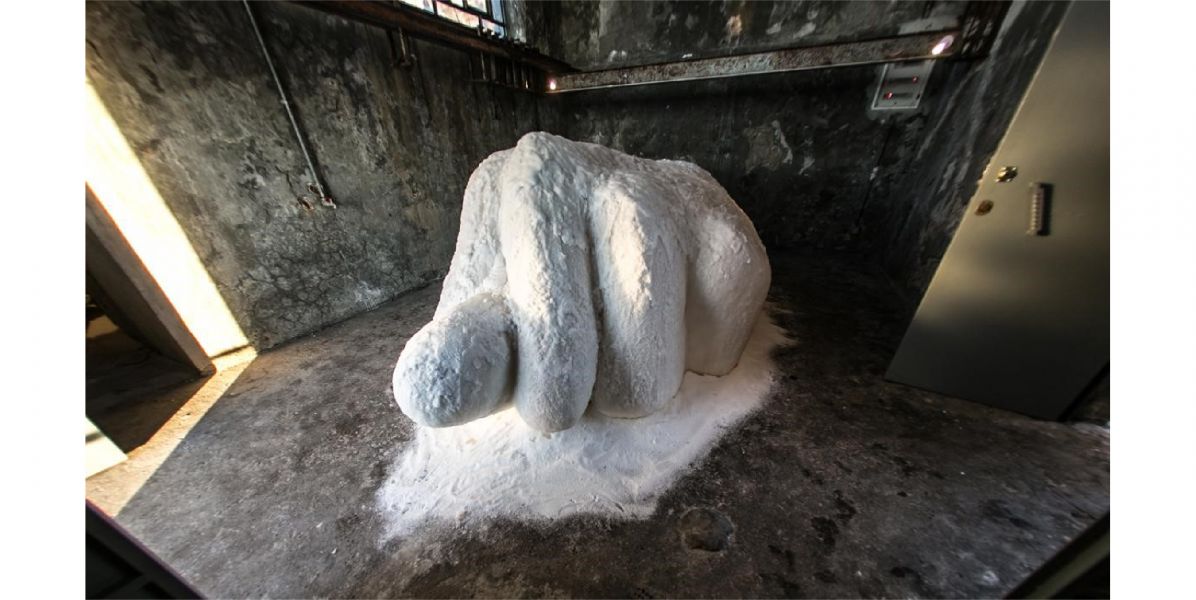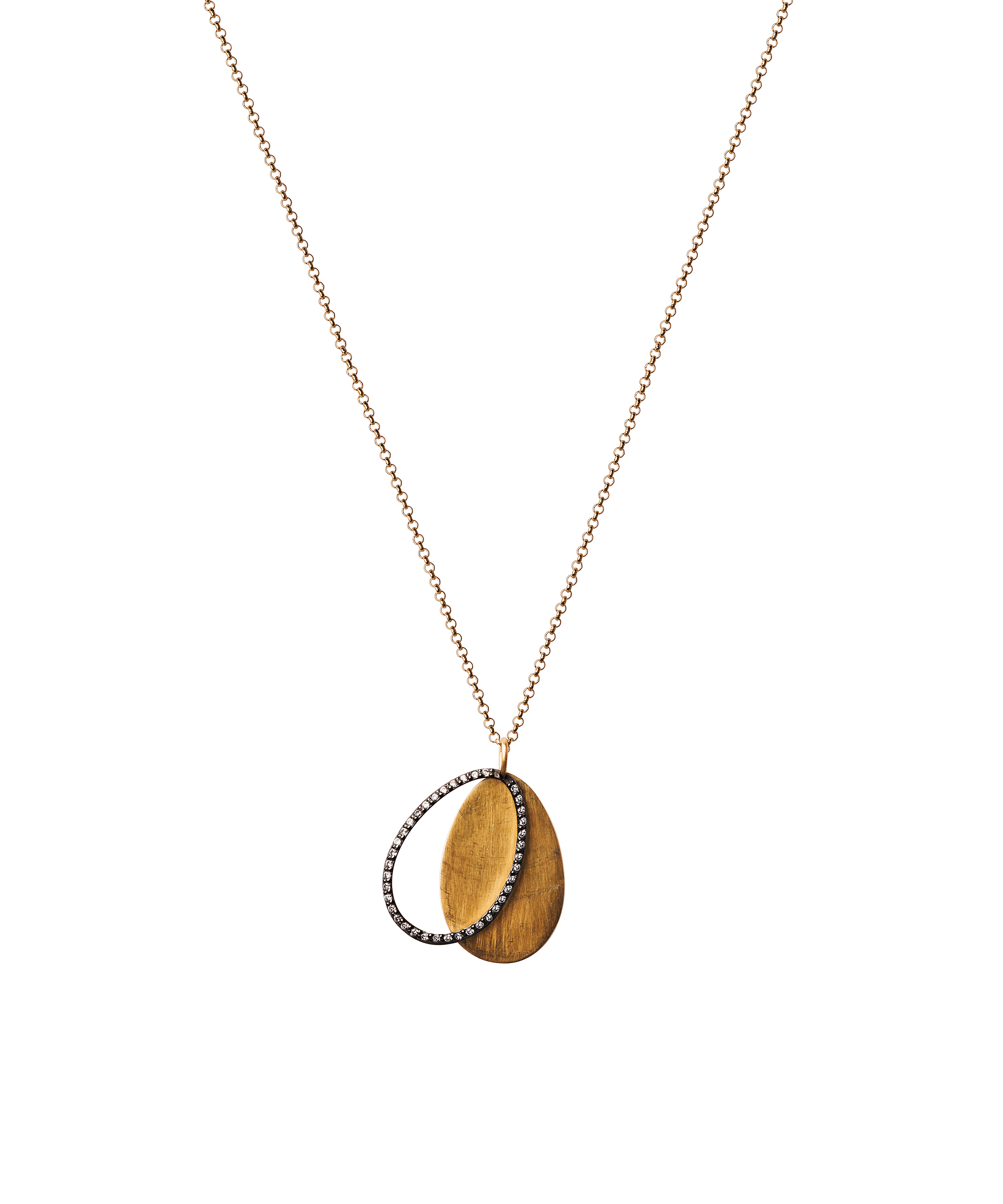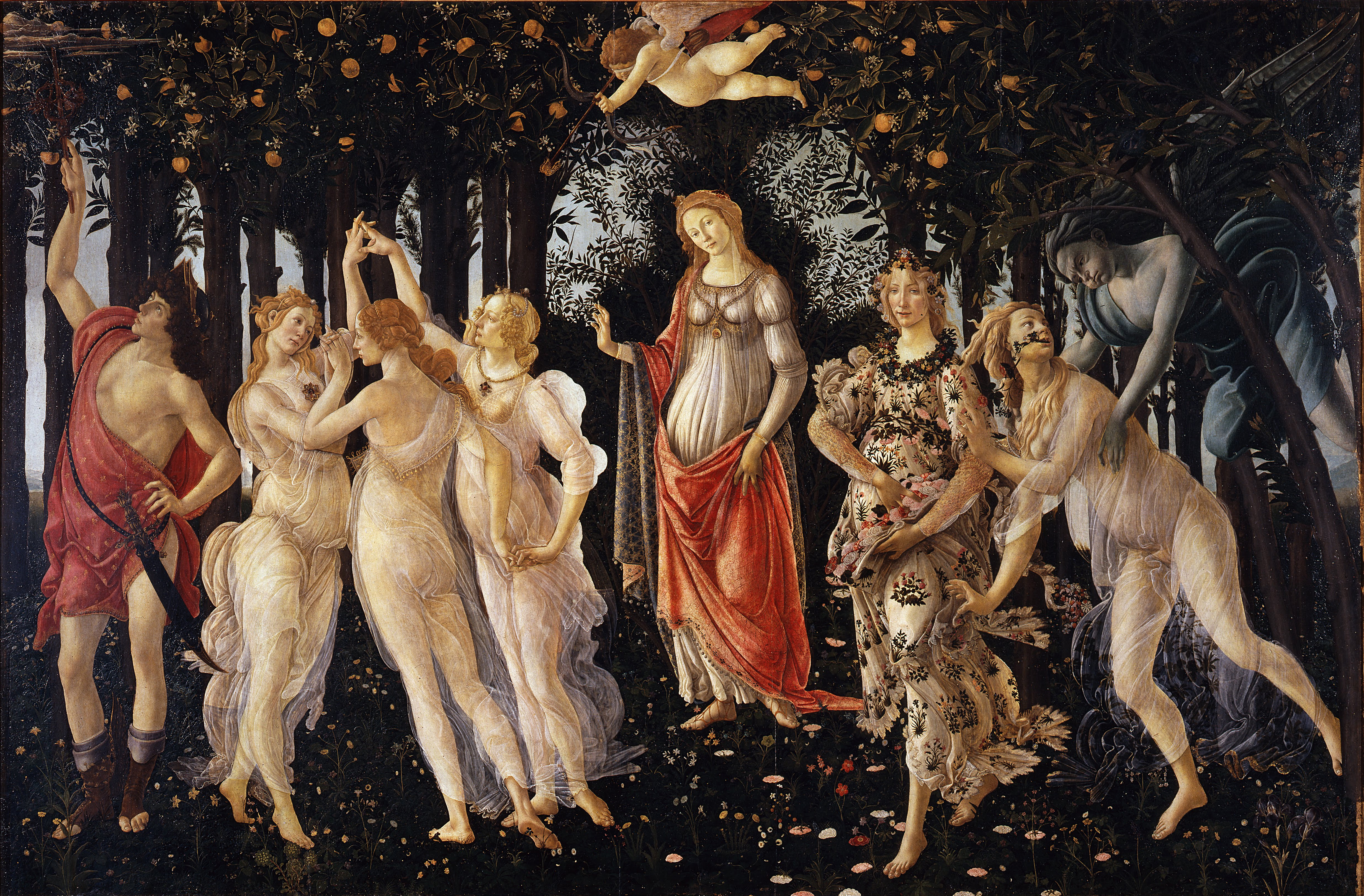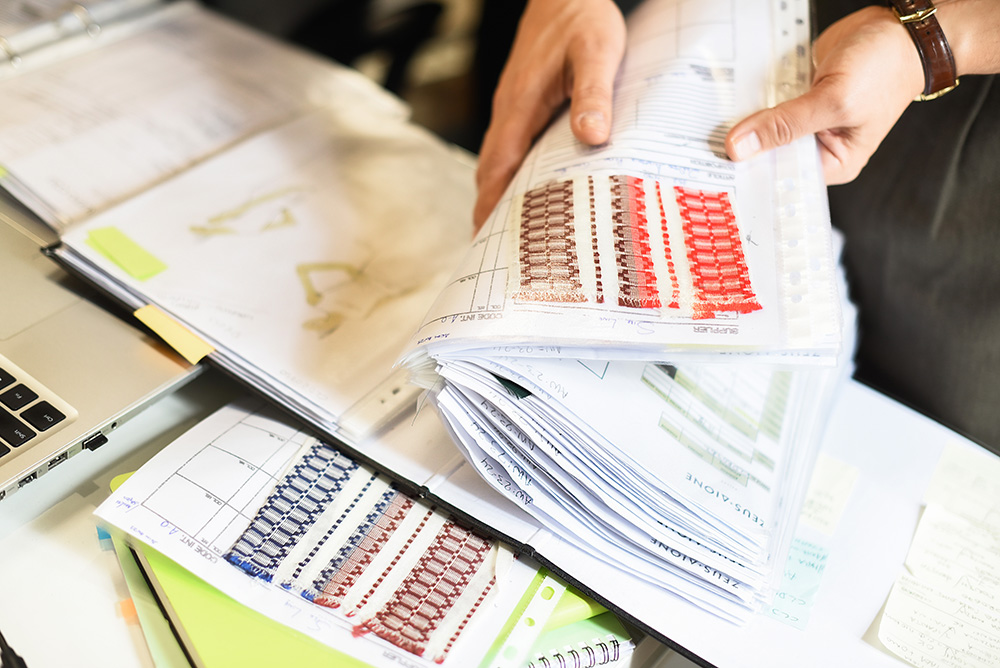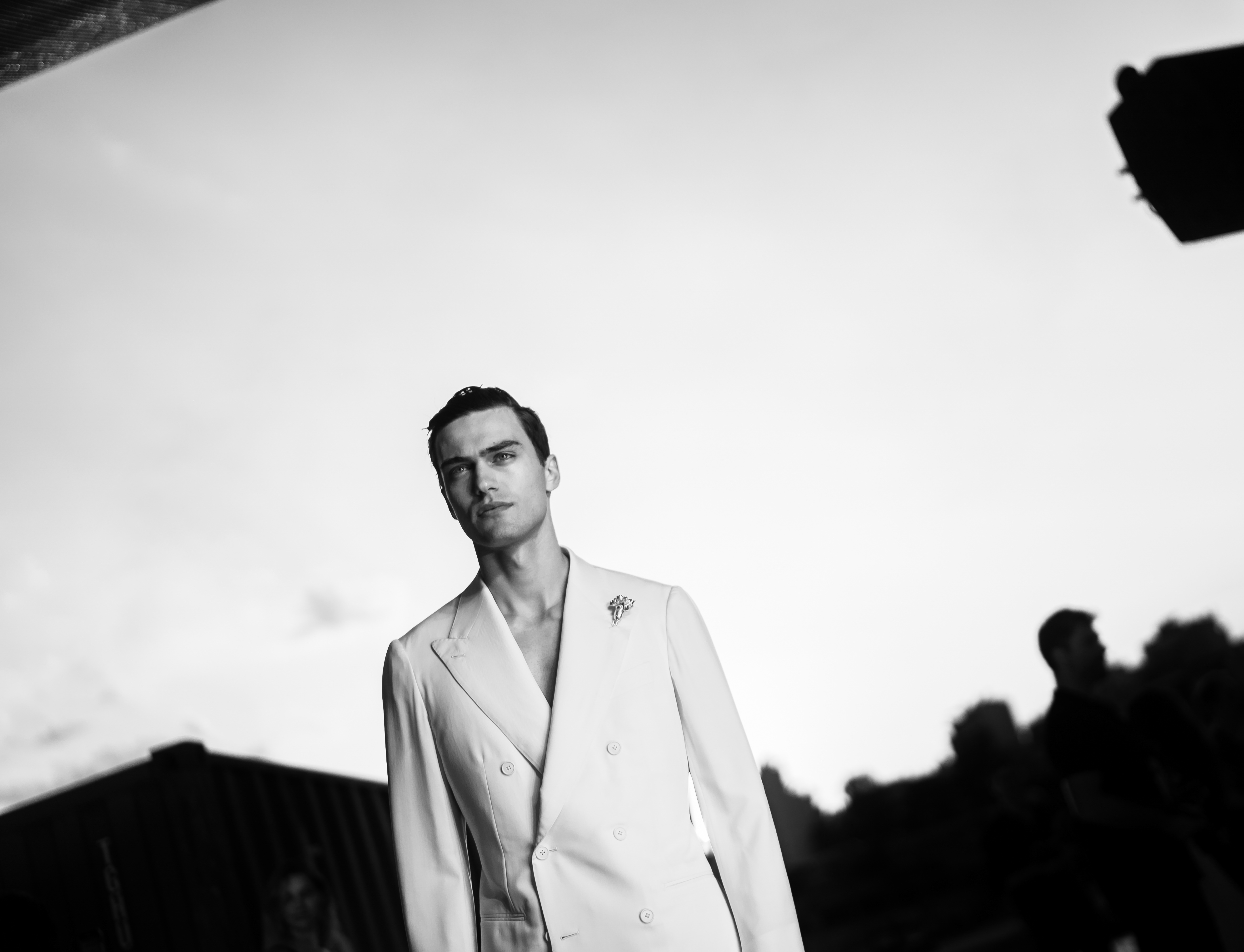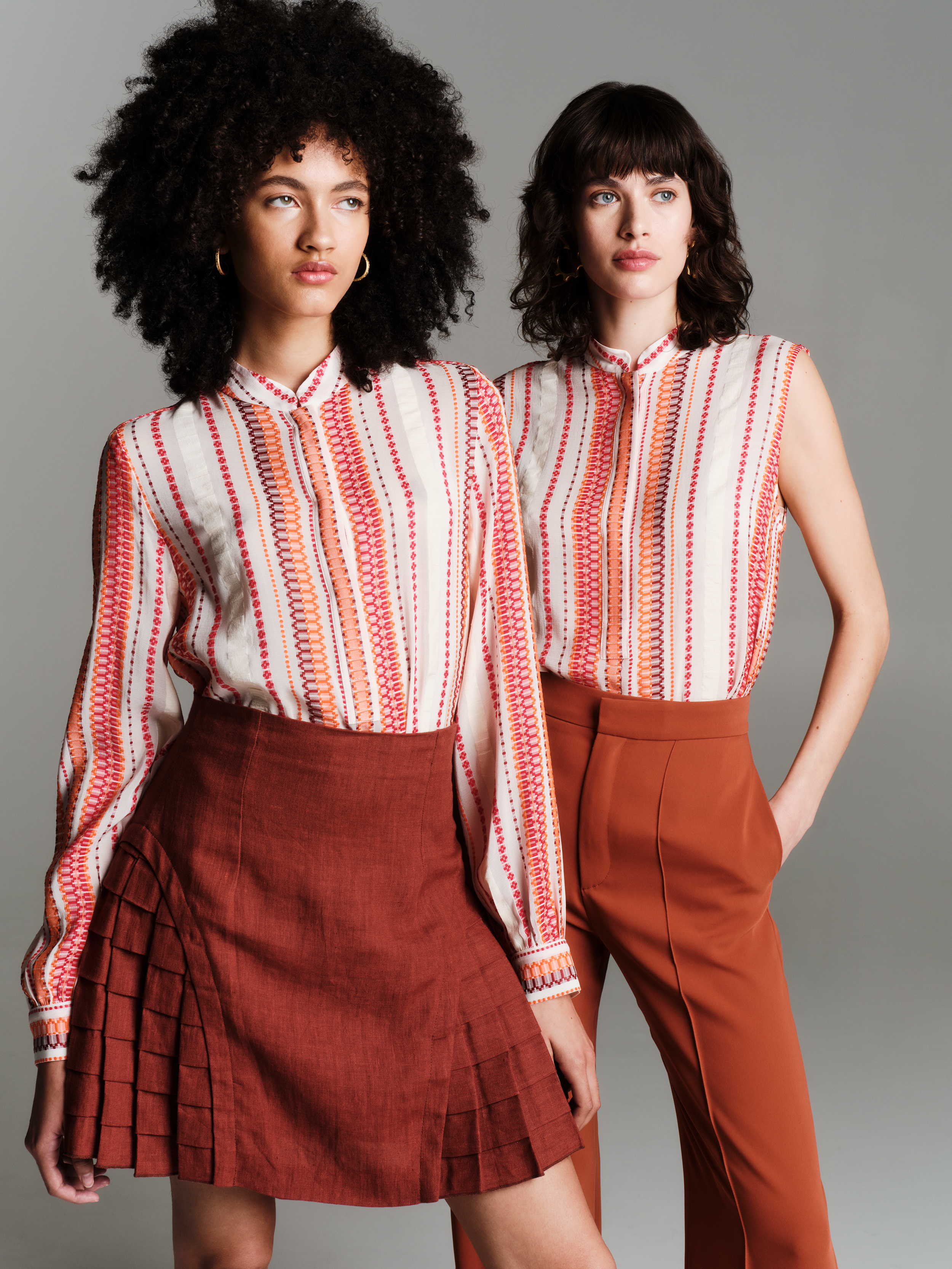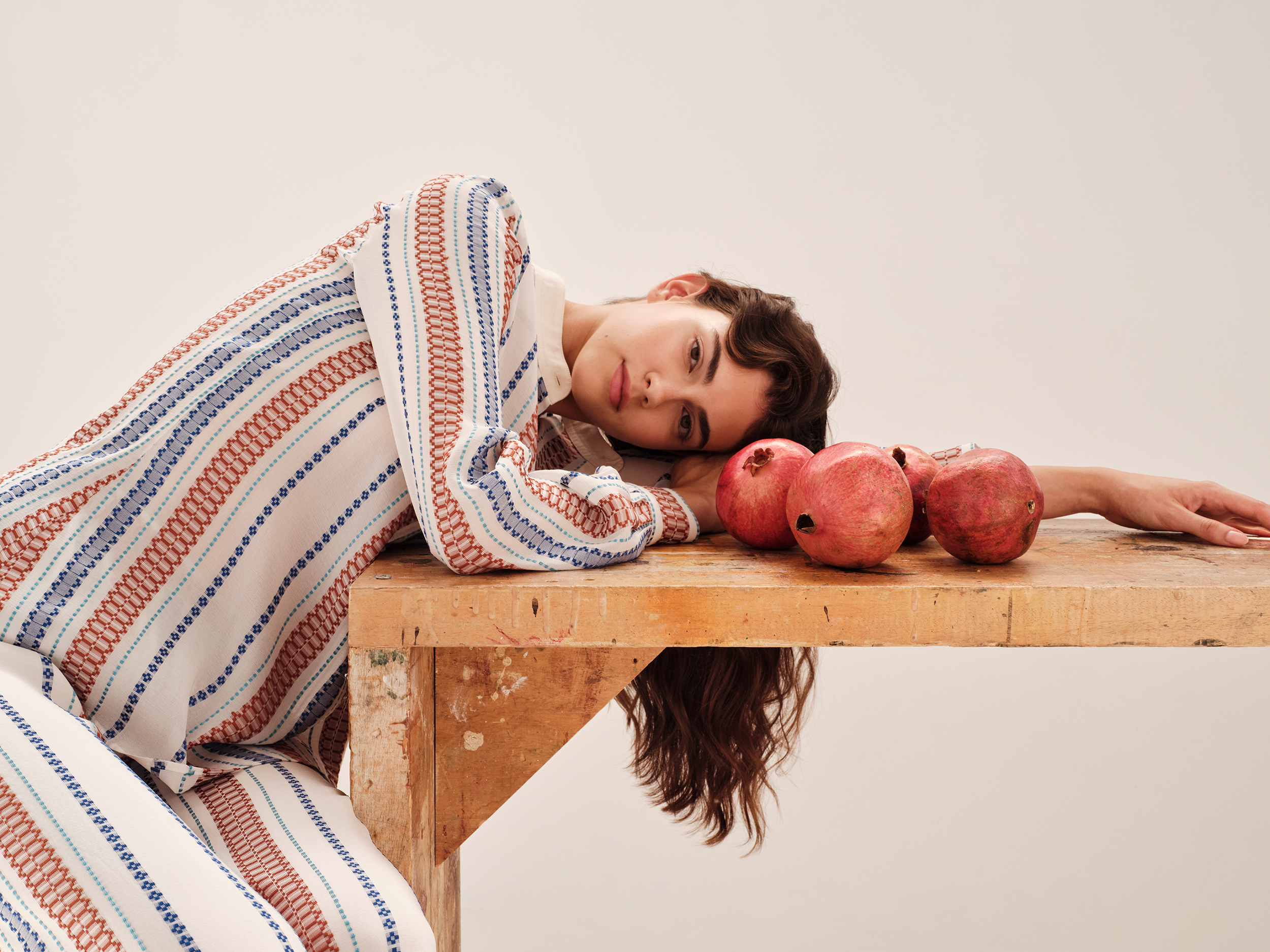Hydra: KARA WALKER
Hydra, Kara Walker and the eternal search for inspiration
Special credits to Constantino Mass and Daphne Prosalika
Zeus and Dione speaks exclusively to Dakis Joannou on the occasion of Kara Walker’s FIGA exhibition opening at DESTE’s Slaughterhouse project space, in search of answers about Hydra’s eternal artistic spell.
Many words have been spent talking of Hydra’s connection to the art world yet one still wonders how this tiny island, two hours south of Athens and far away from the ‘grand jewels’ of the Aegean, has managed to catch the eye of artists and art lovers alike, for more than a century.
Far from the austere and once-primitive island that enchanted Henry Miller back in 1939, Hydra maintains the same, ‘flawless anarchy’, that bewitched the American novelist, all those years ago.
Approaching the main town by sea, you can’t help but feel as though you are jumping head-first into an impressionist painting. Grey, white and blue colors reflect the sun, revealing a unique landscape that calls you in like a siren, with every yard.
Tall, fortress-like mansions rise proudly along the waterfront. Their plain exterior, yet impressive splendor, bear witness to times of economic prosperity during the late 18th century. You recognize them instantly from films such a ‘Boy on a dolphin’ and Dassin’s “Phaedra”. The Kountouriotis mansion, the Voulgaris mansion, the Tombazis mansion…They are protecting their occupants, yet awakening your child-like curiosity to discover them. Peeking through one of their guarded windows you are instantly overwhelmed by the large rooms, detailed ceilings, wonderful frescoes and marble floors. Their grandiosity in complete symphony with the island’s humble cobblestone streets, small yards and flourished gardens.
You can feel the presence of all the grand and smaller men that once inhabited the rocky land and little by little you come to understand the attraction felt by Cohen, Chagall, Miller and the great Greeks that once occupied it.
The iconic Athenian artist Nikos Hadjikyriakos-Ghikas, who was Miller’s host, lived too on Hydra for many years. His paintings of the island in the 1930s, inspired by Hydra’s Cubist-like houses, helped put modern Greek art on the map. His ruined villa still stands above the tiny hamlet of Kamini, a homage to time gone-by.
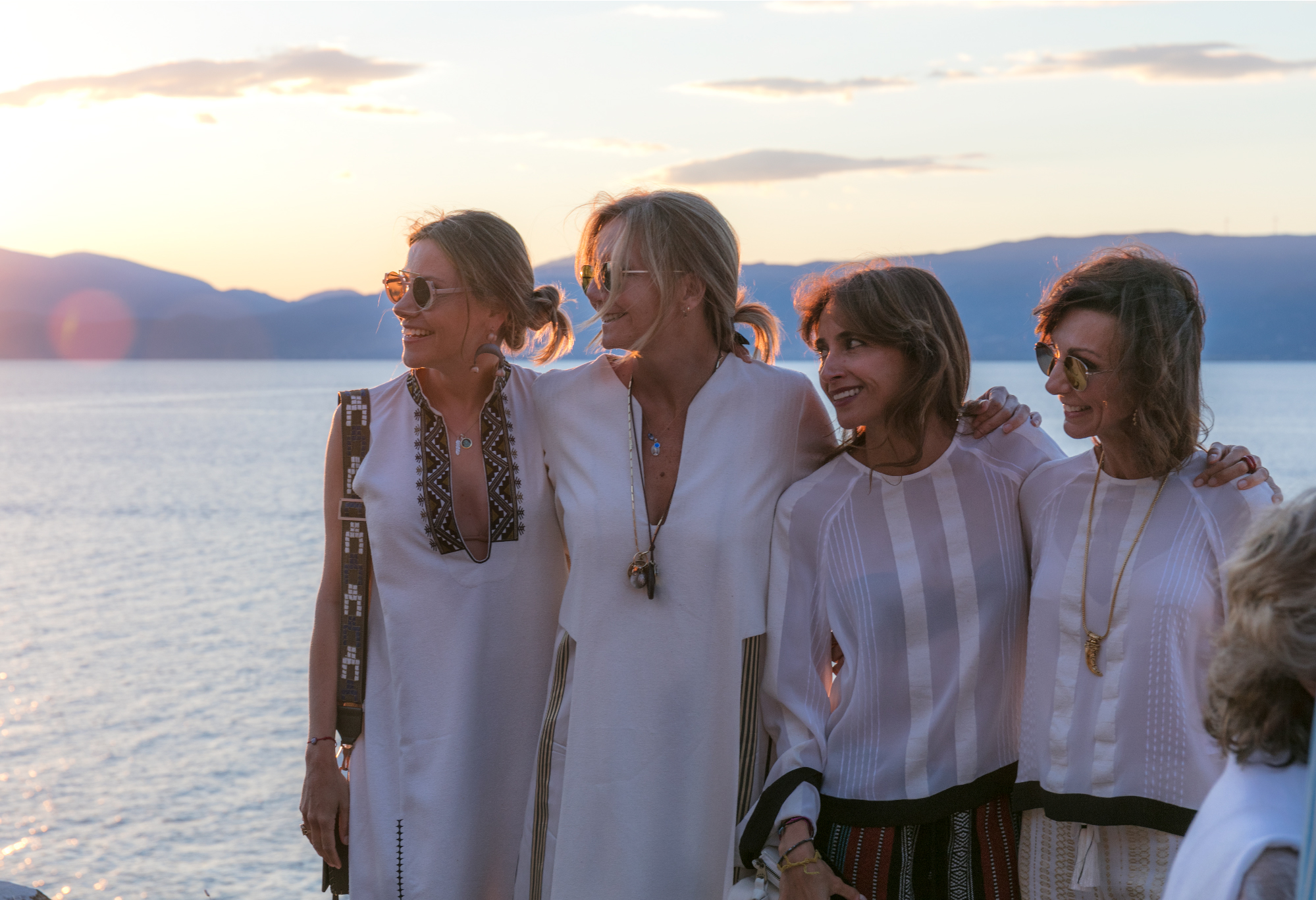
All the way across the other side of the main port, perched on the edge of a cliff overlooking the Aegean, stands another iconic ruin and prominent symbol of Hydra’s artistic heritage: the island’s old slaughterhouse. Granted in 2009 to prominent art collector Dakis Joannou, credited with pulling the art world's attention to Greece, the iconic construction has since been restored and transformed into an exhibition space of global symbolism.
By all means, Monday 19 June was a typical summer day, yet the movements of the people on the island betrayed that something out of the ordinary was in the works. Foreigners, who at first glance appeared to have no connection to the island, would greet locals and other small groups of foreigners. They had met before. A wooden wagon filled with trays of Greek delicacies was being wheeled up the hill and away from the main town, followed by more wagons with drinks and electrical equipment. “Dakis [Joannou] said to be there by 20:00, to avoid the queue” replied an eccentrically dressed French woman in her 50s to her companion about the evening’s schedule.
With every hour that went by, one came to the realization that the whole island was moving to the rhythm of the DESTE Foundation’s Kara Walker exhibition opening. A Greek island might have seemed like a strange place for art aficionados to meet, yet Joannou’s annual invitation had put the DESTE Foundation Slaughterhouse exhibition firmly on their itineraries. Hydra is usually the last stop of the artworld’s annual tour, but with this year being a “superkunstyear”, a contemporary-art alignment of the stars, when the Venice Biennale coincides with quinquennial Documenta and decennial public sculpture exhibition, Skulptur Projekte Münster, you could sense the added excitement and feeling of having brought a hard task full-circle.
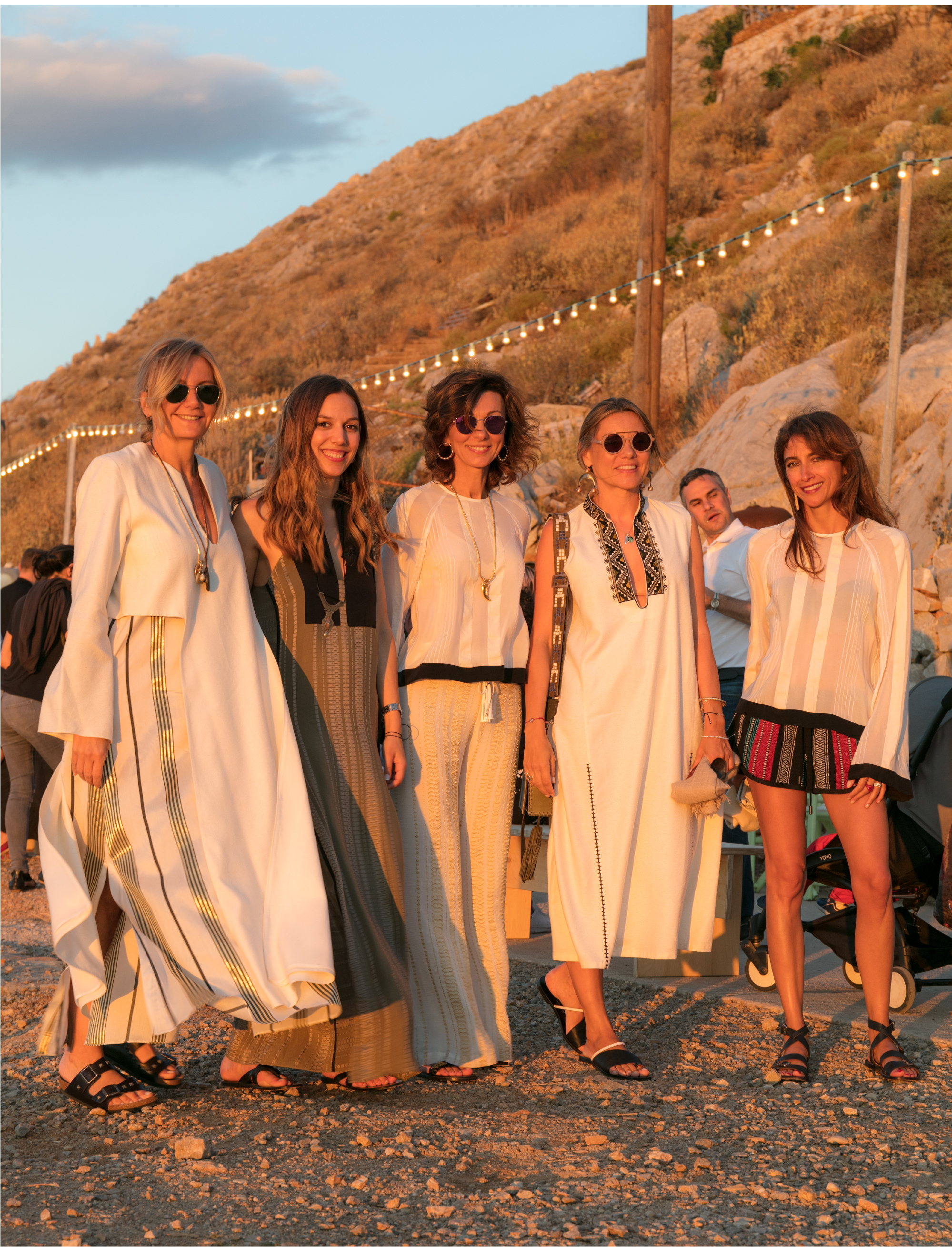
With the last rays of sun, groups of visitors and locals started making their way towards the slaughterhouse. The narrow cobblestone road led them into procession as they arrived to the humble cement construction. A 150-foot long table lined with festival lights welcomed the visitors, offering everything from stuffed vine leaves, pies, grilled meat and wine. You really had the feeling that it was all part of Joannou’s curated experience. You were at his beloved island, at this one-on-a-kind exhibition space witnessing an iconic piece of work by his good friend Kara Walker. He wanted you to feel welcomed and appreciated. In return, some of the world’s most famous artists, dealers and collectors, from David Shrigley and Maurizio Cattelan to curator Cecilia Alemani and architect Elizabeth Diller, were there to pay their respects.
The exhibition space quickly filled up and the large queue added on the evening’s anticipation. The left hand of the large sugar sphynx created by Kara Walker in 2014 at the former Domino Sugar factory in Williamsburg, Brooklyn, lay on the small enclosed room of Hydra’s former slaughterhouse. The hand was clenched in the ancient “fig” fist, with the thumb protruding between the first two fingers. Right next to the hand lined 3 empty slaughter rooms. The old metal chains and hooks swinged in the island wind and you could almost picture the blood dripping through the old holes in the ground…
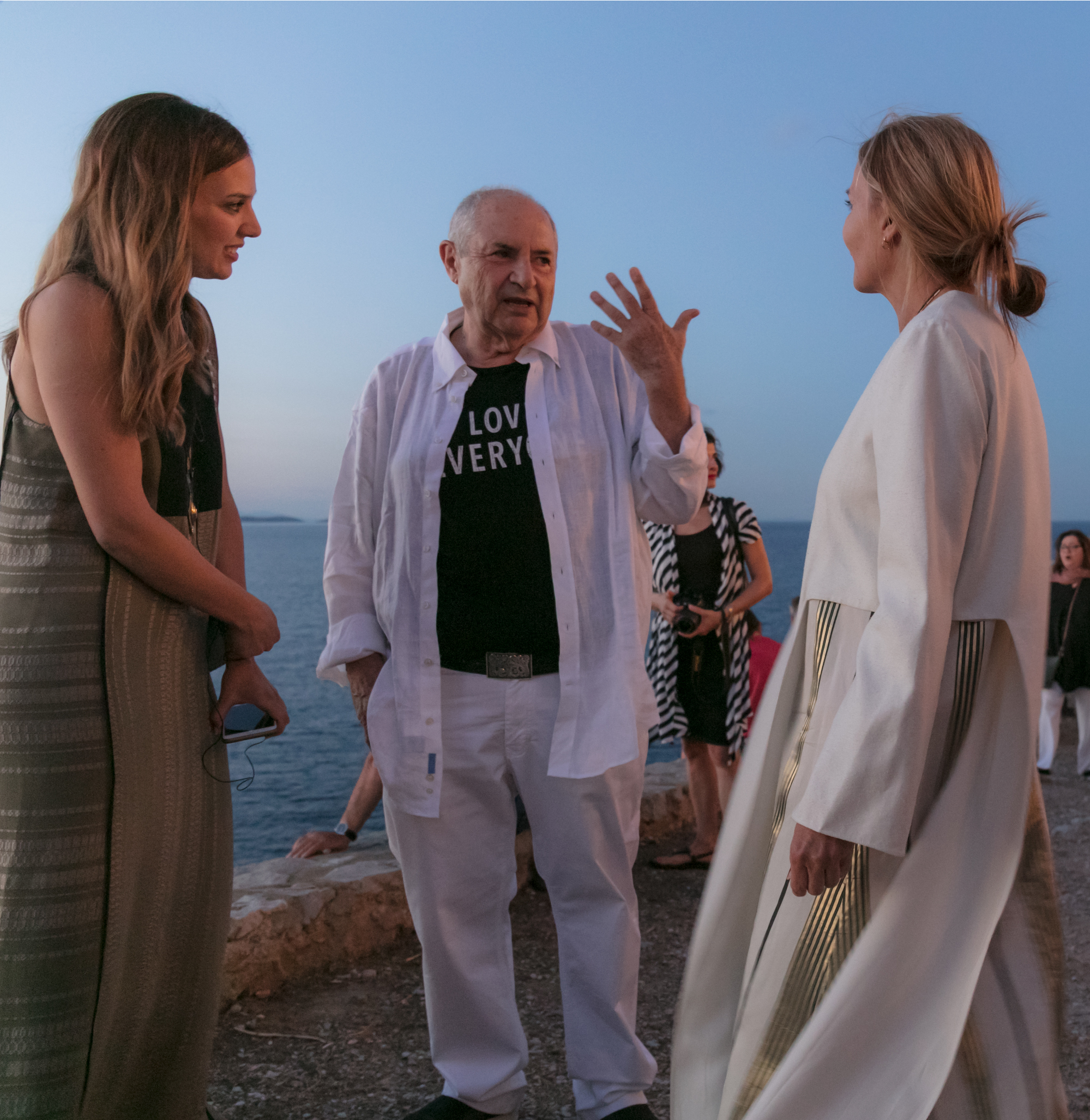
We met Dakis as he was exiting the slaughterhouse. Dressed in white and wearing a t-shirt that read “Love Everyone” he greeted friends and acquaintances among the growing crowd. “You don’t need a big space and a big event to make a big statement”, he said. “A small space like this can be known worldwide and a make [one]”. From less than 300 people in the early slaughterhouse exhibitions, he had witnessed visitors grow to more than 800 people this year, with the trend being upward. Dakis had been trying to persuade Hydrian municipal authorities to grant him use of the space since the mid-1980s. “They offered me other spaces, bigger, newer. I said this is what I want because this [space] will inspire an important artist to come to Hydra and create something.” His assertion appears to have been justified. From Jeff Koons and Maurizio Cattelan to Urs Fischer and Kara Walker, the world’s most prominent contemporary artists have been visiting Hydra since 2009 to create site-specific exhibitions at the slaughterhouse.
Our conversation is led to the artwork inside the building behind us. “It’s a spiritual experience that cannot be put into words. Especially when you know the history [of the artwork…]. One piece from a giant sculpture of a hunted-down black girl, from a sugar factory in New York ends up in a small room, in a slaughterhouse, in Hydra…”. The symbolism is striking.
Acknowledging Greece’s contemporary struggles, Walker had installed a screen on the slaughterhouse’s rooftop playing footage from the refugee crisis, including images of migrants struggling in sinking boats on the shores of islands, not that far away from where we stood.
We found our way back to Hydra’s port under the fading sound of live hip-hop music performed from that same rooftop. Our lightly soiled silk Zeus + Dione skirts betrayed that we have just been to a place not originally designed for delicate handling…
As we turned the corner, Hydra’s amphitheatric town curled around us. Guilty, Dakis Joannou’s Koons-designed razzle-dazzle yacht was moored in front of the donkey station, a striking contrast of the type that we had now become much acquainted with. Some would say a planned continuation of that very same curated experience we had enjoyed earlier.
As the night dragged on, Henry Miller’s words echoed louder in our heads. There is something about this place. Its effect on your soul – it’s truly everlasting. Like with any relationship with a remarkable work of art, once you lay your eyes on it, it becomes part of you and you become part of it.
